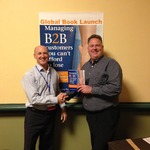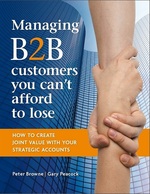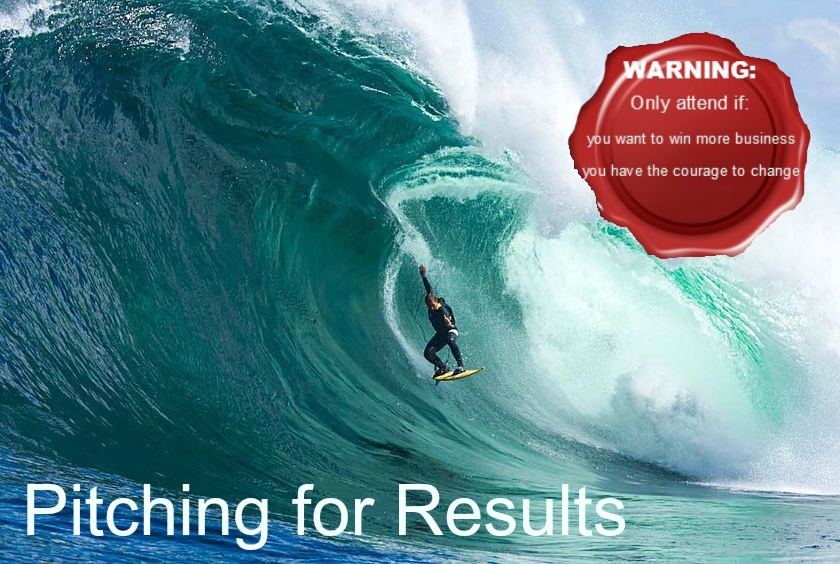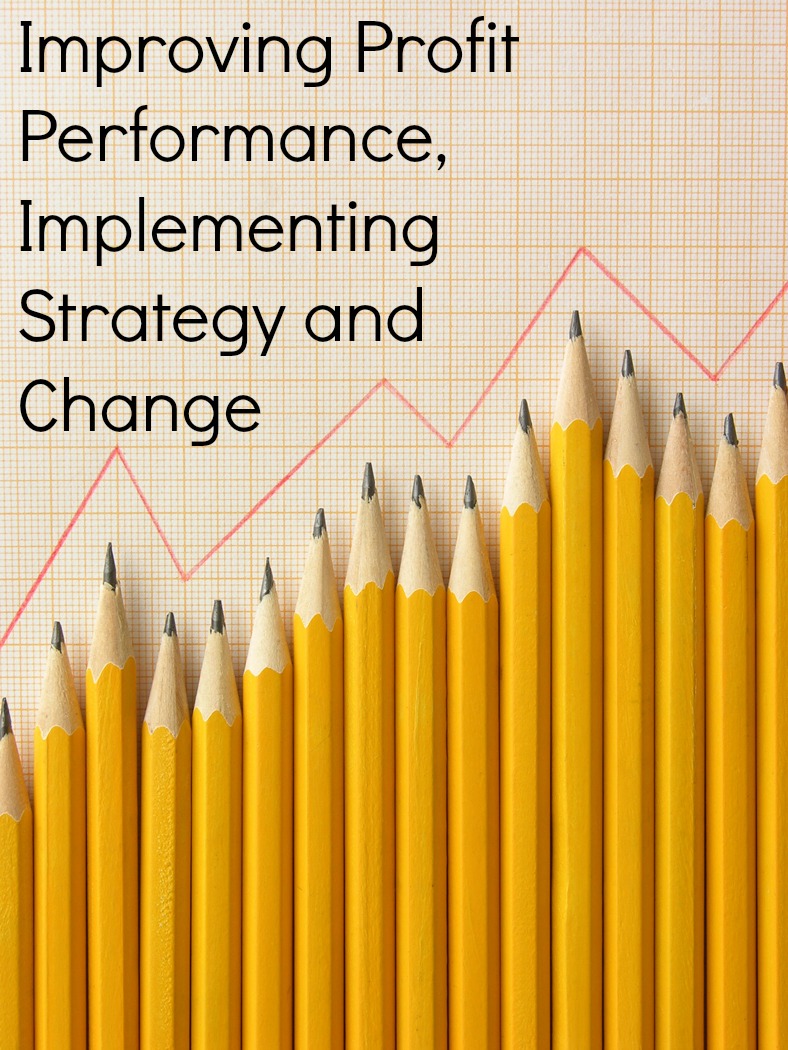Fresh from Florida
 Monday, May 26, 2014 at 11:41AM
Monday, May 26, 2014 at 11:41AM By Stephen Kozicki
Last week, Peter Browne from Gordian Business was presenting in Florida at the Strategic Account Management Association’s 50th Anniversary Conference. Peter was presenting a case study of a successful client who in a mature market grew profit ahead of their 5 year plans.
“SAM has had the biggest impact of any initiative
we have undertaken in the last five years.
The business is almost unrecognisable.”
Case study, The Managing Director
 The Strategic Account management Association (SAMA) have published the case study in their latest ‘Velocity’ magazine released at the SAMA conference. Also at the SAMA conference was the global launch of the practical business-to-business book on Strategic Account Management by Peter Browne and Gary Peacock.
The Strategic Account management Association (SAMA) have published the case study in their latest ‘Velocity’ magazine released at the SAMA conference. Also at the SAMA conference was the global launch of the practical business-to-business book on Strategic Account Management by Peter Browne and Gary Peacock.
Image: Peter Browne (Gordian Business) & Todd Snelgrove (SKF Global)
 “In this book Gary and Peter provide some very practical and fresh ways of how to identify, build and grow relationships with individual and corporate customers. Critically important, for corporate customers, they explain why some relationships work and why some do not work. But they don’t stop there; they also offer simple tools and thinking models for how you can enable your team to plan how you can work with your key customers from a strategic perspective.”
“In this book Gary and Peter provide some very practical and fresh ways of how to identify, build and grow relationships with individual and corporate customers. Critically important, for corporate customers, they explain why some relationships work and why some do not work. But they don’t stop there; they also offer simple tools and thinking models for how you can enable your team to plan how you can work with your key customers from a strategic perspective.”
Lynette Nixon, Industry Fellow, Innovation and Design Thinking at University of Technology, Sydney
So, if you are considering starting a SAM program in your organisation or are already on the journey and need practical advice to maintain your momentum, then pick up a book. The book is available from www.matrixplustraining.com.au or your airport bookshop, or soon download a copy of the ebook from www.amazon.com.














